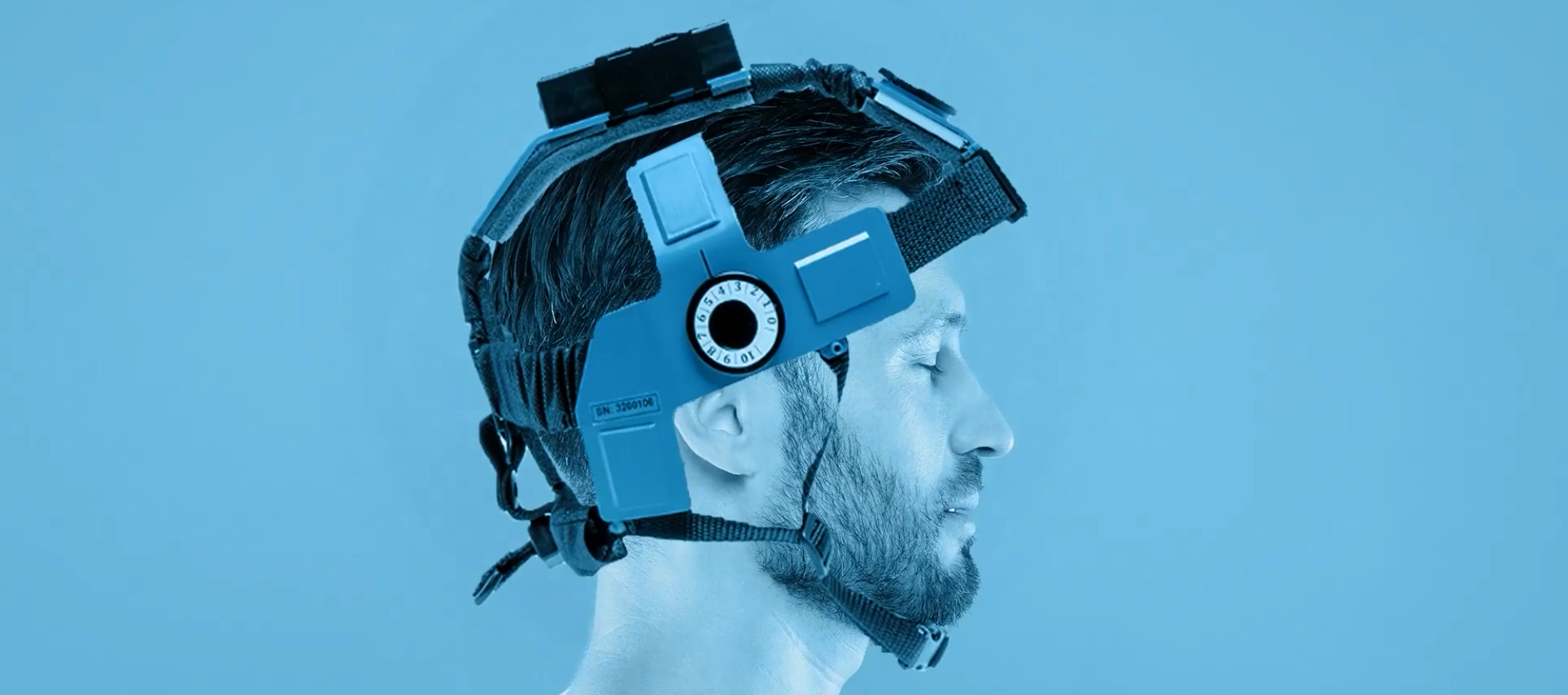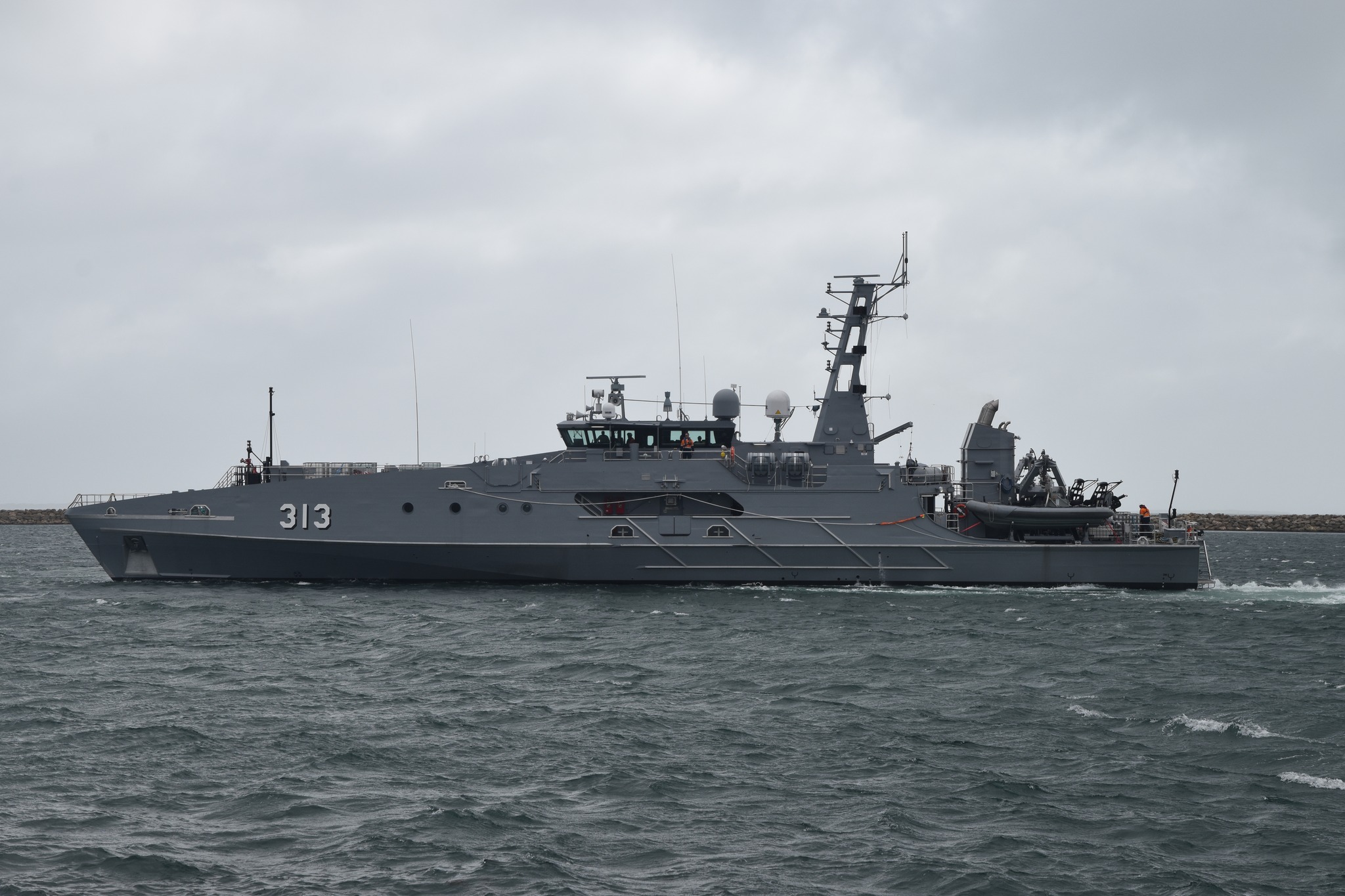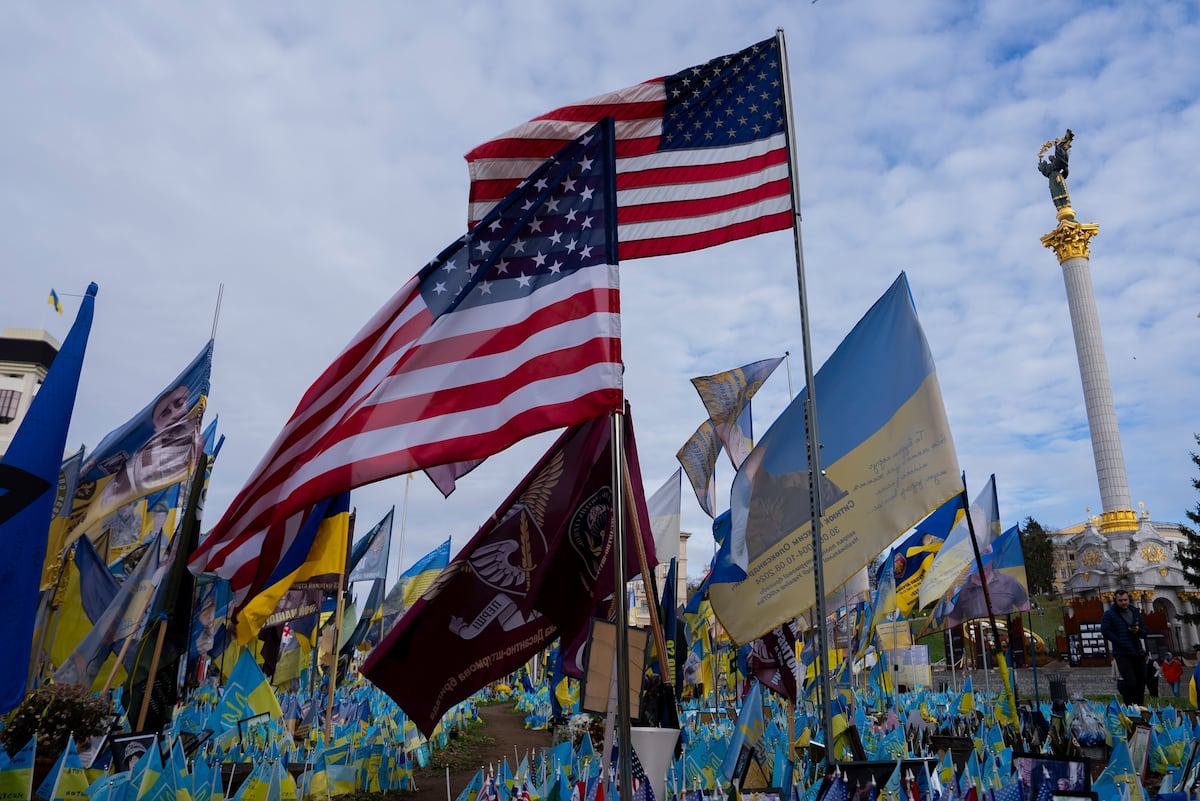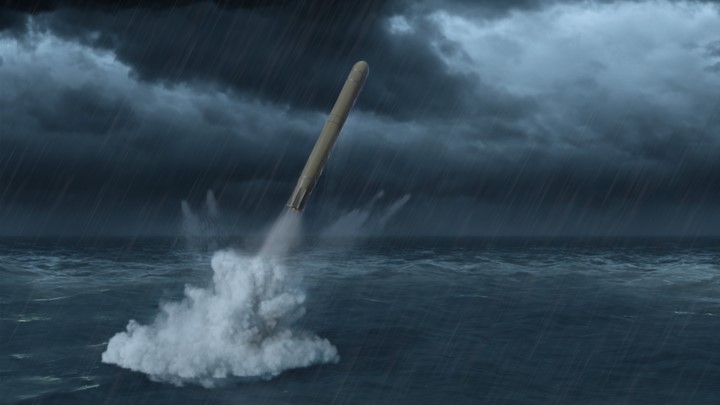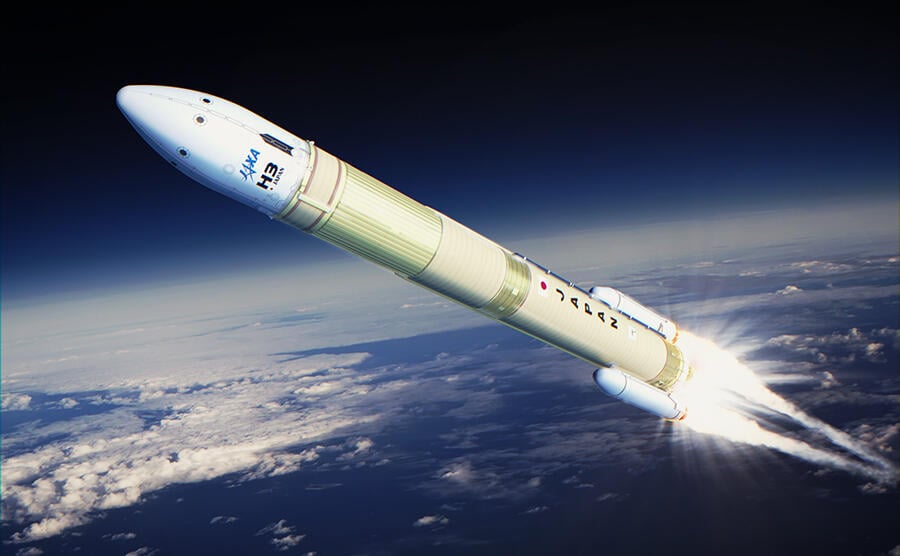Pentagon Invests in Brain Trauma Scanner Headgear for Combat Environments
US Department of Defense Awards $2 Million Contract for Traumatic Brain Injury Detection Technology Ohio-based Sense Neuro Diagnostics has been…
New Marksmanship Training Center for US Air National Guard Opens in Arizona
MILO Live Unveils Advanced Modular Shooting Range for US Air National Guard in Phoenix Phoenix, AZ – Michigan-based MILO Live…
Austal Hands Over Eighth Evolved Cape Patrol Vessel to the Royal Australian Navy
Austal Delivers Eighth Evolved Cape-class Patrol Boat to Royal Australian Navy Henderson, Western Australia - - Austal has proudly announced…
Global Leaders Congratulate Trump as His Victory Might Upset Global Stability
World Leaders React to Donald Trump's Unexpected Election Victory LONDON (AP) — The recent election of Donald Trump as the…
MBDA Unveils Innovative Maritime Warfare Solutions at Euronaval 2024
MBDA Unveils Advanced Maritime Defense Systems at Euronaval 2023 Paris, France – European defense firm MBDA is showcasing a robust…
Japan Successfully Launches H3 Rocket, Deploying Defense Satellite Into Orbit
Japan Strengthens Defense Capabilities with Successful Satellite Launch Amid Rising Tensions in the Pacific Japan has successfully launched a defense…

